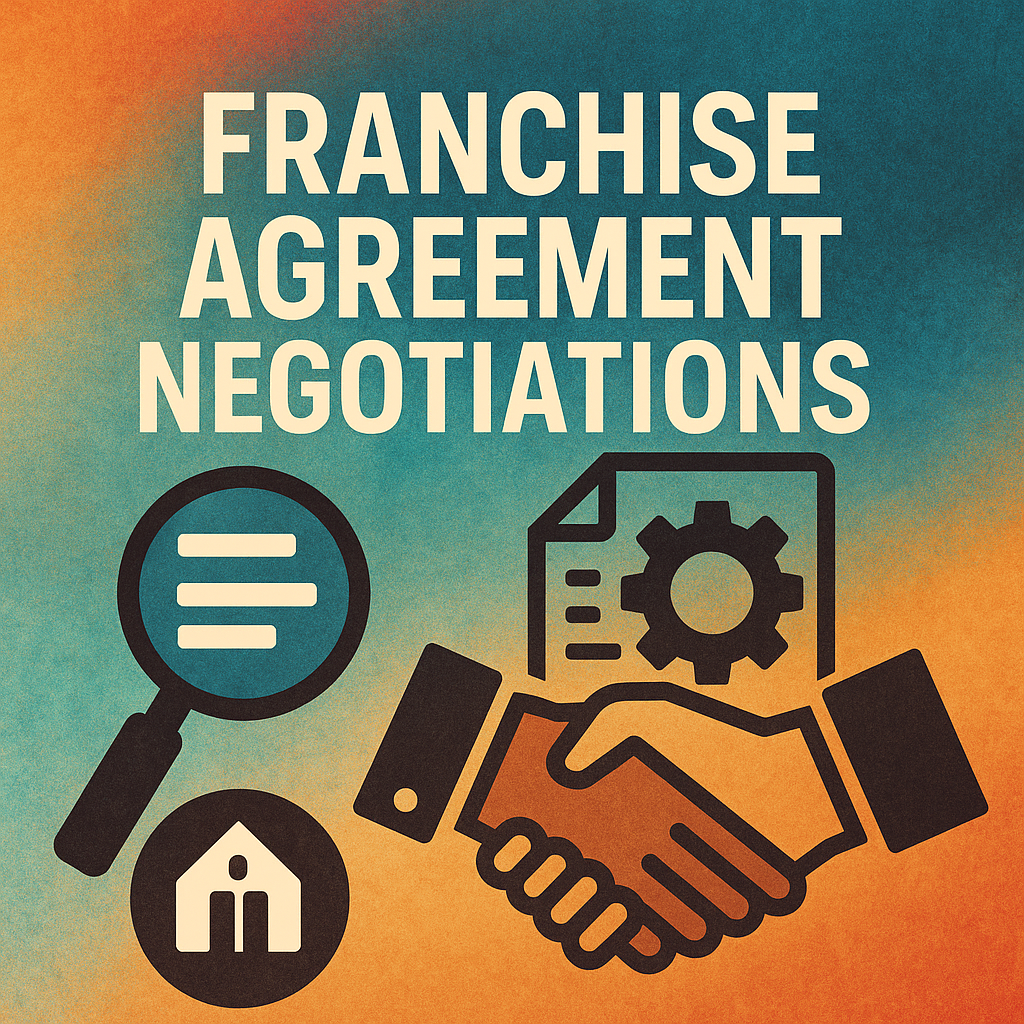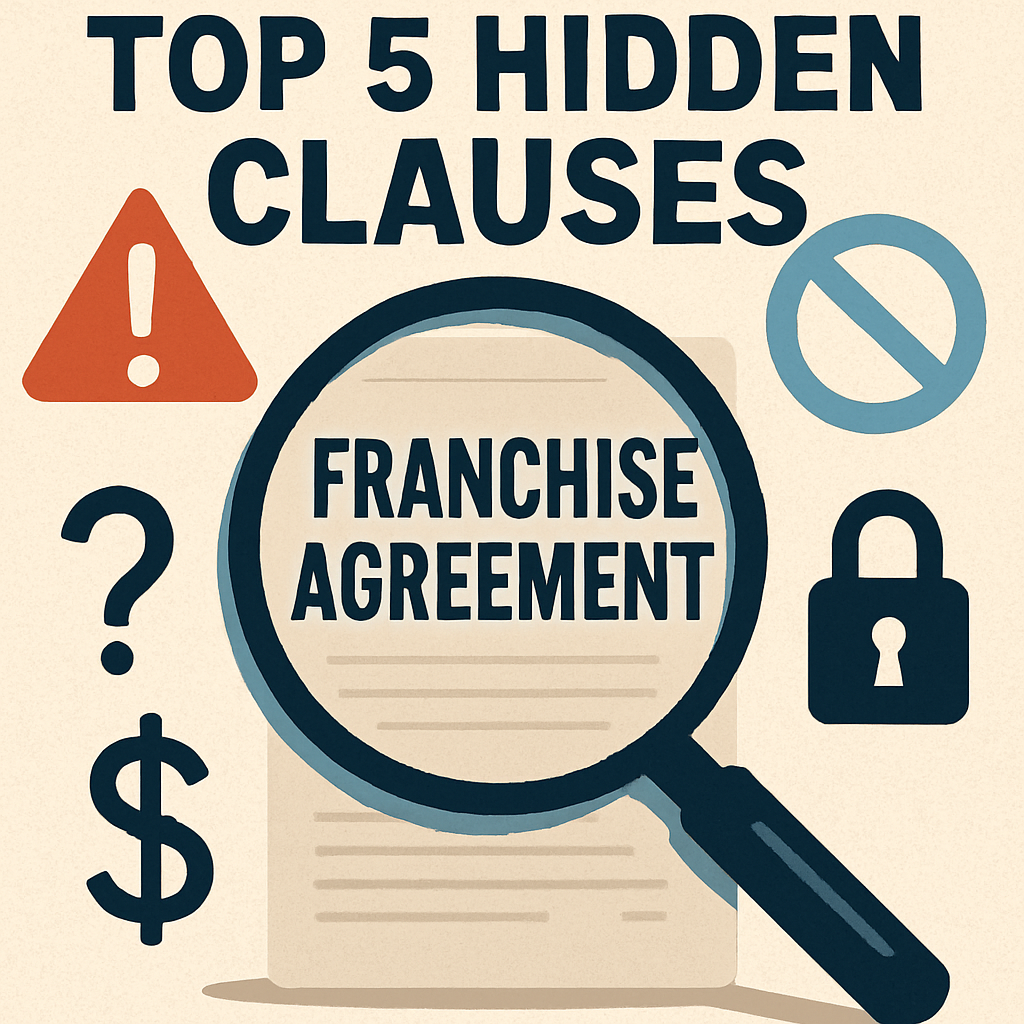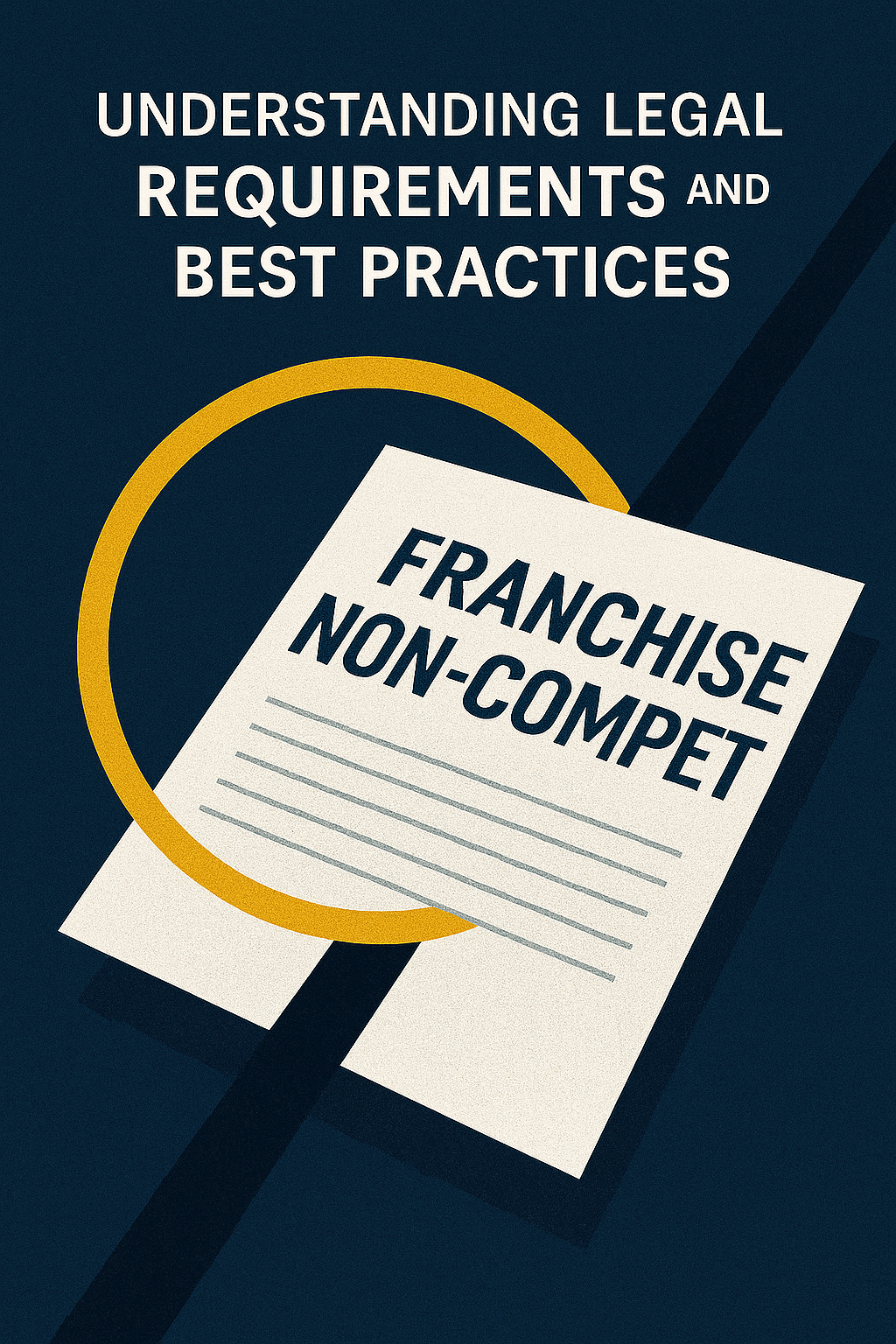Franchising can be an enticing business opportunity, offering entrepreneurs the chance to invest in a proven business model and benefit from the support and guidance of an established brand. However, before diving into this venture, it is crucial to understand the concept of breaking even and how long it typically takes for a franchisee to reach this point.
Understanding the concept of breaking even in franchising
Breaking even, in simple terms, refers to the stage at which a franchisee’s revenue equals its expenses. It is the point where a business starts to generate enough income to cover its costs and begin making a profit. For franchisees, breaking even is a significant milestone that marks the transition from initial investment to sustainable growth.
To reach this stage, franchisees need to carefully manage their finances and revenue streams, considering various factors that influence the time it takes to break even.
Factors that influence the time it takes for a franchisee to break even
Several factors can affect the time it takes for a franchisee to achieve break-even status. The most crucial factor is the nature of the initial investment and its impact on the business’s profitability.
Franchisees must thoroughly analyze the initial investment required, considering elements such as franchise fees, equipment costs, and inventory expenses. Understanding these financial obligations and their impact on the business’s cash flow is vital to determining the time it takes to break even.
The significance of a franchise’s business model in determining break-even time
The underlying business model of a franchise plays a critical role in determining the time it takes to break even. A well-structured and proven business model can provide franchisees with a substantial advantage, allowing them to benefit from the experience and success of the franchisor.
Franchisors often provide comprehensive training, marketing support, and operational guidance, which can significantly contribute to a franchisee’s ability to reach the break-even point more quickly. A strong business model provides franchisees with proven strategies, established procedures, and a recognized brand that can attract customers and generate revenue.
Exploring the role of location in achieving break-even point for franchisees
Another crucial factor affecting the time to break even is the chosen location for the franchise. The right location that aligns well with the target market can substantially impact a franchisee’s ability to attract customers and generate sales.
An optimal location should have high visibility, accessibility, and a sufficiently large target market to support the franchise’s products or services. Market research and thorough analysis of potential locations are essential for franchisees to make informed decisions and minimize the time it takes to achieve break-even status.
Examining the importance of market demand and competition on breaking even
The level of market demand and the competitive landscape are significant factors influencing the time it takes for a franchisee to break even. Franchisees need to thoroughly evaluate the target market’s demand for their products or services and determine the level of competition they will face.
If the market is highly competitive, franchisees may need to invest heavily in marketing and advertising strategies to differentiate themselves and attract customers. On the other hand, a strong market demand with limited competition can provide franchisees with a more favorable environment to achieve break-even status more quickly.
How franchisee skills and experience affect the time to reach break-even point
A franchisee’s skills, experience, and dedication can significantly impact their ability to reach the break-even point. Franchisees with relevant industry experience, strong business acumen, and an understanding of the franchisor’s operations can often accelerate the break-even process.
Additionally, franchisees who actively engage in ongoing training and utilize available support from the franchisor can benefit from valuable insights and strategies that shorten the time to profitability.
The impact of marketing and advertising strategies on breaking even as a franchisee
Developing effective marketing and advertising strategies is crucial for franchisees to reach their break-even point. Franchisors often provide comprehensive marketing support, including established branding, advertising materials, and guidance on local marketing initiatives.
Franchisees must leverage these resources and tailor marketing strategies to their specific target market. Implementing well-executed marketing plans that resonate with customers and drive sales can significantly contribute to reaching break-even status more quickly.
Understanding cash flow management and its relationship to breaking even
Effective cash flow management is essential for franchisees to achieve break-even status and sustain profitability. Franchisees must carefully monitor their expenses, manage inventory levels, and diligently collect payments from customers to maintain healthy cash flow.
By implementing sound cash flow management practices and closely monitoring financial metrics, franchisees can proactively address potential cash flow challenges and optimize their ability to reach break-even status within the desired timeframe.
The role of ongoing fees and royalty payments in reaching break-even point
Franchise agreements typically include ongoing fees and royalty payments that franchisees must pay to the franchisor. These fees contribute to the overall costs and impact the time it takes for franchisees to reach the break-even point.
In addition to the initial investment, franchisees must factor in ongoing fees and royalties when analyzing their financial projections and estimating the time required to break even. A thorough understanding of these financial obligations is essential for franchisees to plan effectively and achieve break-even status as planned.
Analyzing the relationship between sales growth and breaking even for franchisees
The rate of sales growth significantly affects the time it takes for franchisees to achieve break-even status. Franchisees must focus on driving sales and achieving steady revenue growth to shorten the time to profitability.
Implementing effective sales strategies, leveraging marketing initiatives, and delivering exceptional customer service are vital elements in accelerating sales growth and reaching the break-even point more quickly. Continuously analyzing sales data and performance metrics allows franchisees to make informed decisions and refine their strategies to optimize profitability.
Case studies: Real-life examples of franchisees reaching break-even point at different times
Examining real-life case studies is an invaluable tool for understanding the diverse factors that impact the time it takes for franchisees to reach the break-even point. By studying successful franchisees in the same industry or similar market conditions, aspiring franchisees can gain insights into strategies that have worked effectively.
These case studies provide practical examples of how franchisees have overcome challenges, utilized franchisor support, and implemented effective business strategies to achieve break-even status. By learning from such experiences, franchisees can develop a well-informed approach to their own journey towards profitability.
Strategies for accelerating the process of breaking even as a franchisee
Franchisees can employ various strategies to expedite the process of reaching break-even status:
1. Emphasize customer acquisition: Investing in targeted marketing campaigns and customer retention strategies can lead to a more rapid increase in customer base and revenue.
2. Optimize operational efficiency: Streamlining operational processes and identifying cost-saving opportunities can reduce overhead expenses and contribute to earlier break-even.
3. Leverage franchisor support: Actively utilizing the training, resources, and expertise provided by the franchisor can significantly enhance a franchisee’s chances of reaching break-even status more quickly.
4. Seek industry-specific guidance: Engaging with industry associations, connecting with other franchisees, and seeking advice from professionals in the same field can provide valuable insights and strategies to expedite break-even.
Common challenges faced by franchisees on their journey to breaking even
While franchising offers numerous advantages, franchisees often encounter challenges on their path to reaching break-even status. Some common challenges include:
1. Market saturation: Operating in an overly saturated market can make it more challenging to attract customers and gain a competitive edge.
2. High competition: Intense competition from other franchises or independent businesses can impact a franchisee’s ability to reach the break-even point in a timely manner.
3. Cash flow fluctuations: Managing cash flow can be a significant challenge for franchisees, particularly during the initial stages when sales may fluctuate or be unpredictable.
4. Recruitment and training: Finding and retaining talented employees who align with the franchise’s values and deliver exceptional customer service can be a hurdle for franchisees.
By acknowledging these challenges and developing strategies to mitigate them, franchisees can navigate the journey to breaking even more effectively.
Tips for managing expenses and minimizing costs during the initial stages
Managing expenses and optimizing costs play a crucial role in a franchisee’s ability to reach the break-even point. Here are some tips to consider:
1. Conduct a thorough cost analysis: Identify all expenses, including fixed and variable costs, and prioritize them based on their impact on business operations and revenue generation.
2. Explore cost-saving measures: Look for opportunities to reduce expenses without compromising quality or customer experience. This could involve negotiating better deals with suppliers, implementing energy-efficient practices, or exploring outsourcing options.
3. Continuously monitor financial metrics: Keep a close eye on financial performance indicators, such as profit and loss statements, cash flow statements, and balance sheets. Regular monitoring allows for early detection of potential issues and the opportunity for timely adjustments.
4. Establish a budget: Creating a detailed budget that aligns with revenue projections helps franchisees stay on track and make informed spending decisions.
The importance of continuous training and support in reaching break-even point
Franchisors often provide comprehensive training and ongoing support to franchisees, recognizing the critical role of continuous learning in reaching the break-even point and ensuring long-term success.
Franchisees should actively engage in training programs offered by the franchisor, attend industry conferences, and seek continuous professional development opportunities. By staying informed about industry trends, best practices, and new strategies, franchisees can make strategic decisions and more effectively navigate the journey to profitability.
How to gauge progress towards breaking even as a franchisee
Franchisees need to regularly assess their progress towards reaching the break-even point to ensure they stay on track. Some approaches to gauge progress include:
1. Financial analysis: Conduct regular financial assessments to compare actual performance against initial projections and identify any deviations or areas for improvement.
2. Key Performance Indicators (KPIs): Establish KPIs that align with the franchise’s goals and regularly measure and analyze them to evaluate progress towards profitability.
3. Benchmarking: Compare performance metrics with industry benchmarks or similar franchise operations to gain insights into areas for improvement and identify potential growth opportunities.
Calculating return on investment (ROI) and its connection to breaking even
Calculating the return on investment (ROI) is a valuable tool for franchisees to assess the profitability and time required to break even. ROI is calculated by dividing the net profit generated by the franchised business by the initial investment and expressing it as a percentage.
By regularly calculating ROI, franchisees can track their progress towards recouping the initial investment and determine the pace at which they are reaching the break-even point. Consistently positive ROI indicates progress towards profitability and a shorter time to break-even status.
Factors to consider before investing in a franchise, with an emphasis on expected break-even time
Prior to investing in a franchise, potential franchisees must conduct thorough due diligence and carefully consider various factors. These factors include:
1. Market analysis: Evaluate the target market’s demand for the franchise’s products or services, taking into account competition and other market dynamics.
2. Financial projections: Assess the initial investment required, ongoing costs, projected revenue, and expected break-even time. Utilize financial models and consult with a financial advisor to ensure comprehensive analysis.
3. Franchisor credibility: Research the franchisor’s track record, reputation, and support provided to franchisees. A franchisor with a proven history of success and ongoing support systems enhances the chances of reaching the break-even point more quickly.
4. Franchise agreement review: Carefully review the franchise agreement, especially terms related to fees, territory, and support, to gain a clear understanding of the financial obligations and the level of support franchisees can expect.
By considering these factors, including the expected break-even time, potential franchisees can make informed decisions that align with their financial goals and desired timelines.
In conclusion, the time it takes for a franchisee to break even is influenced by multiple factors, including the initial investment, the business model, location, market demand, competition, franchisee skills and experience, marketing strategies, cash flow management, ongoing fees, sales growth, and various challenges. By thoroughly analyzing these factors, implementing effective strategies, and utilizing the support provided by the franchisor, franchisees can navigate the journey towards profitability and break-even status with confidence.







